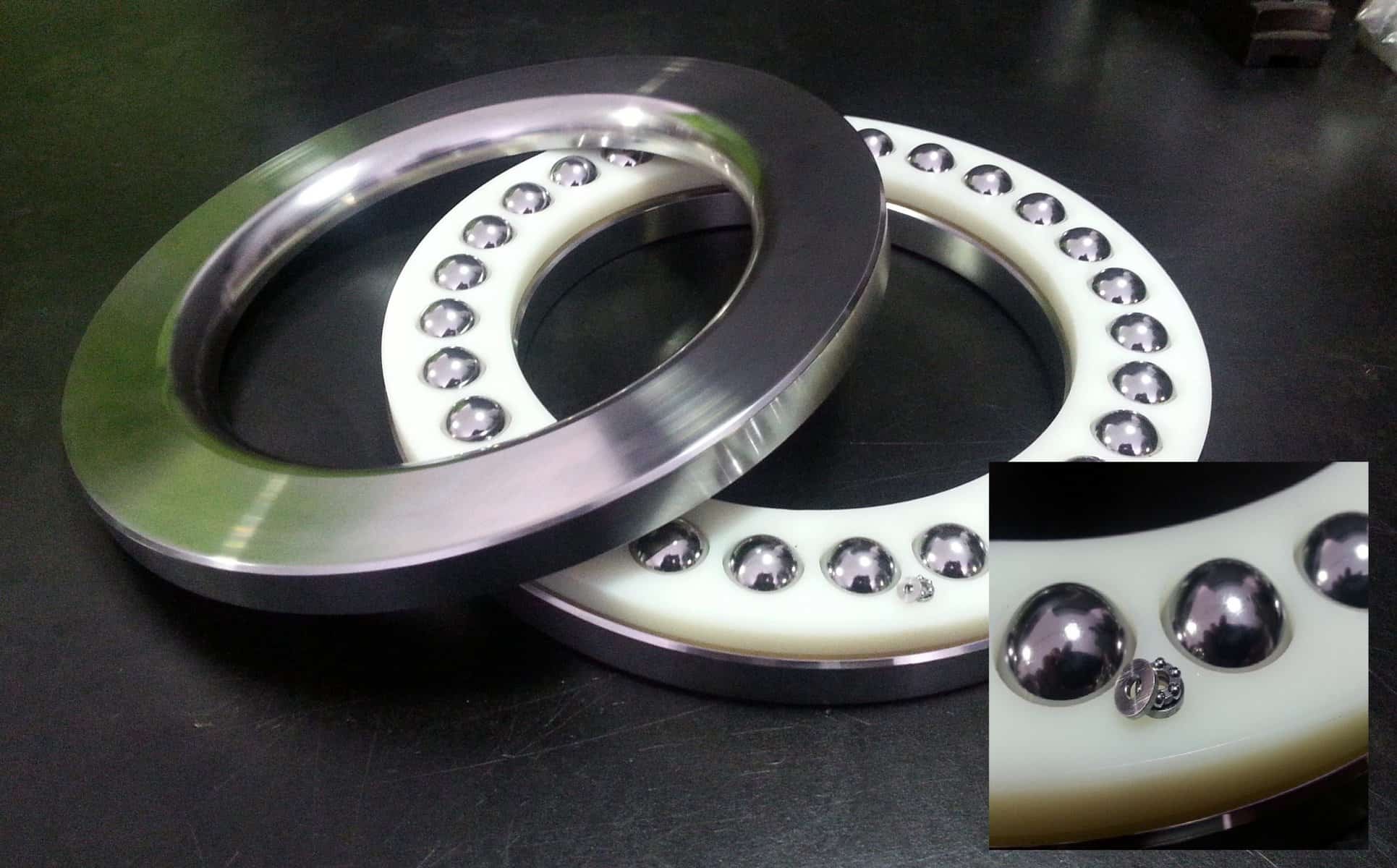The Role of Bearings in Engineering
The Role of Bearings in Engineering
Blog Article

Imagine a world where machines run smoothly and efficiently without the constant threat of breakdowns. This is largely achievable thanks to a critical component: bearings. These small but mighty devices are essential in countless applications, from automobiles and industrial machinery to household appliances. However, not all bearings are created equal, and understanding their differences can be daunting for many. For those seeking clarity on this topic, Aubearing's guide to comparative information about bearings serves as an invaluable resource.
The Role of Bearings in Engineering
Bearings act as a pivotal link in mechanical systems, reducing friction between moving parts and providing support. This translates to smoother operation and increases the lifespan of machinery. For instance, consider an electric motor: the bearings within it allow the rotor to spin freely, enabling efficient energy transfer. Without high-quality bearings, this process would not only be less effective but could also lead to premature failure of the motor.
Types of Bearings: An Overview
There are several types of bearings, each designed for specific functions and environments. The most common include:
- Ball Bearings: Ideal for high-speed applications, ball bearings consist of balls that allow for smooth rotation. They are widely used in everything from bicycles to hard drives.
- Roller Bearings: These bearings use cylindrical rollers instead of balls, providing a larger contact area. They are particularly effective in handling heavy loads and are often found in construction equipment.
- Thrust Bearings: Specialized for axial loads, thrust bearings ensure stability in applications such as automotive transmissions.
[IMAGE]
Choosing the Right Bearing
Selecting the appropriate bearing for a given application involves various factors, including load capacity, speed, and environmental conditions. For instance, a bearing used in a high-temperature environment, like an oven fan, must be capable of withstanding extreme heat without losing performance. Similarly, bearings exposed to moisture require corrosion-resistant materials, such as stainless steel or specialized plastics.
Comparative Information: Why It Matters
Understanding the differences between bearing types can significantly impact performance and reliability. For example, while ball bearings are excellent for high speeds, they may not handle heavy loads as effectively as roller bearings. Conversely, roller bearings may not achieve the same rotational speeds as their ball-bearing counterparts. This is where Aubearing's guide to comparative information about bearings becomes critical, offering insights that can save time and resources in both design and maintenance phases.
Maintenance Strategies for Optimal Performance
Regular maintenance is essential to prolonging the life of bearings. This includes routine inspections and lubrication, which help reduce wear and tear. For instance, grease is commonly used to lubricate bearings, but it's important to select the right type based on the application. Some bearings may require oil, especially in high-speed environments, to ensure proper cooling and performance.
Additionally, understanding the signs of bearing failure—such as unusual noises, vibrations, or heat—can help identify issues before they escalate into costly repairs. Implementing a proactive maintenance routine can help catch these problems early, ensuring machinery operates at peak efficiency.
The Future of Bearing Technology
The bearing industry is continually evolving, with advancements in materials and manufacturing processes. Innovations like hybrid bearings, which combine ceramic and steel elements, promise enhanced performance and durability. As industries increasingly focus on sustainability, the development of eco-friendly bearing materials is also gaining traction, leading to a more environmentally responsible approach to engineering.
In summary, bearings are a fundamental aspect of mechanical systems, and understanding their types, applications, and maintenance strategies is essential for anyone involved in engineering or machinery operation. By leveraging resources like Aubearing's comprehensive guide, users can make informed decisions that enhance both performance and longevity.
Report this page